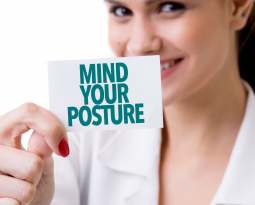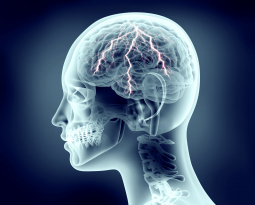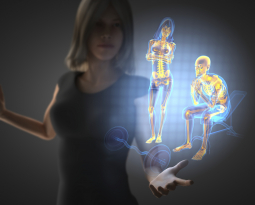
Does Back PAIN CA– USE Poor School Performance?
The research has consistently shown incidences of recurrent back pain in school children. 13.1% of children between ages 10-16 present with low back pain and 21.6% of students aged 16 and above present with back pain (Jones. M.A., Stratton. G., Reilly, T. & Unnithan, V.B, 2004). From these studies also, recurrent back pain was linked to disabling consequences including loss of physical activity and absenteeism, which adversely affects school performance for children.
Relationship between school performance and back pain
School performance and back pain are significantly related, demonstrating the need for postural hygiene programs in schools. A study of 270 children found that children who reported having cervical and/or lumbar pain had poorer school performance than children who were asymptomatic. (Salminen, 1984). Salminen (1992) also found that low back pain was the third most common form of pain interfering with schoolwork and leisure activities. Of the children who experienced back pain, 35% reported disabling low back pain and were aware of recurrent or continual pain.
Solutions to back pain in school children
Encourage proper postural habits
To improve school performance, children who maintain proper posture have the advantage over their classmates. Not only is upright posture the most intelligent posture, it also prevents neck and back pain which can distract students from their studies. The effects of back pain and postural distortion patterns are far more serious than just feeling uncomfortable at school. With persistent postural distortion patterns, there are many pathologic consequences that can prevent children from having a normal development. Thus, teaching children to be mindful of their postural habits will instill within them healthy lifestyle habits.
Use of exercise balls
Children on average sit from 6-8 hours per day during a typical day at school. Not only should children be taught how to sit with proper posture, they should be given the equipment that supports them being seated in this posture. An inexpensive, yet effective way to provide ergonomic equipment to children is the use of exercise balls instead of chairs. While seated on exercise balls, children have greater core activation and trunk stabilization and are able to move around with comfort while maintaining proper postural patterns.
Schilling et al. (2004) demonstrated that the level of engagement was higher and in-seat behavior was better of in children with autism spectrum disorder (ASD) when seated on exercise balls instead of regular school chairs. While seated on exercise balls, the children had better trunk stabilization, a demonstration of how the sensory-processing theory translates into effective practice in a classroom context. Better engagement and behavior allowed teachers to provide more effective instruction.
Conclusion
In conclusion therefore, it is evident that back pain adversely affects school performance as stated in the aforementioned research studies. Therefore it is highly recommended that proper postural habits and the use of exercise balls are embraced by school-aged children to prevent early onset of back pain.
Posture By Design, Not By Circumstance
References:
Jones. M.A. (2004). A school based survey of recurrent non-specific low-back pain prevalence and consequence in children, 284-289
Salminen, J. (1984). The Adolescent Back: A field survey of 270 Finnish School Children. Acta Paediatrica Scandinavica, 315: 1-122
Salminen,J., Pentti,J. & Terho,P.(1992).Low back pain and disability in 14-year school children. Acta Paediatrica, 81:1035-1039. doi: 10. 1111/j. 1651-2227.1992.tb 12170.x
Schilling, D.et al (2003).Classroom seating for children with attention deficit hyperactivity disorder: therapy balls versus chairs. Journal of Occupational Therapy, 57(5) 534-541

















